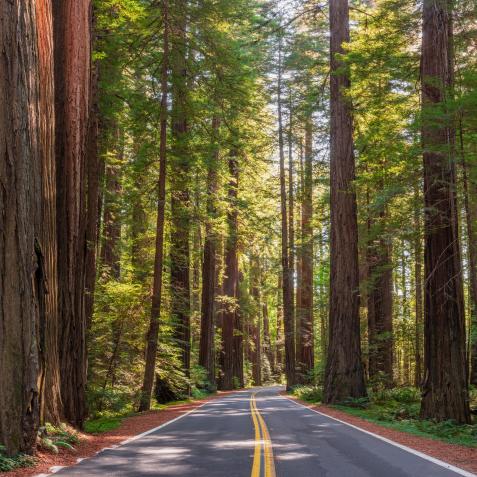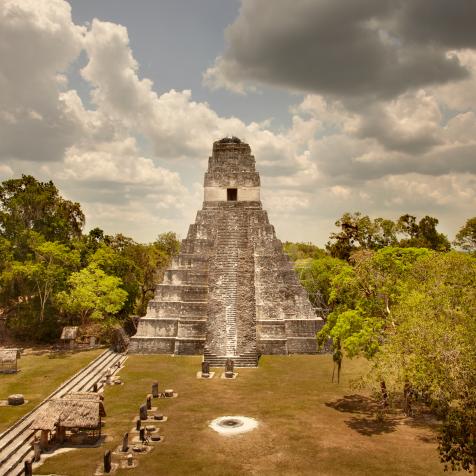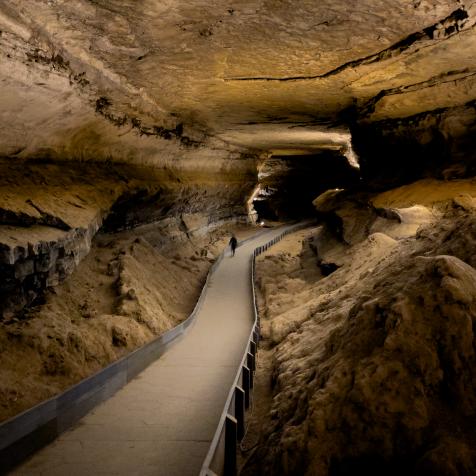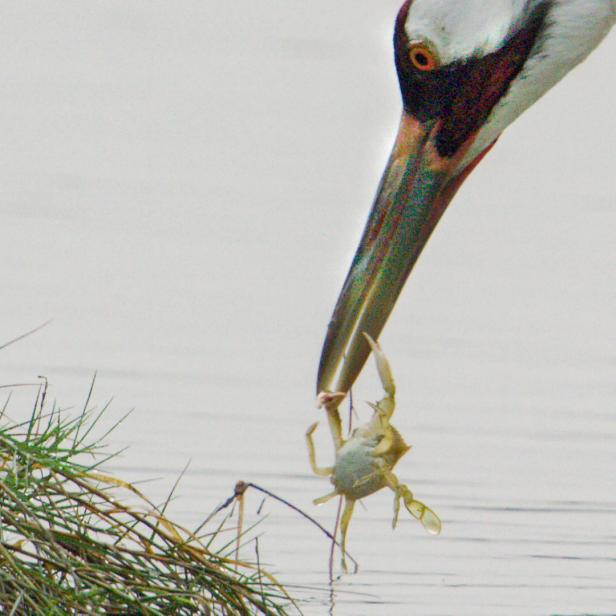
Ian Shive
Great Migrations: Photographing the Endangered Whooping Crane
One of the rarest birds in the world continues to make a 2,500-mile journey from its summer home in Canada to the beautiful and nutrient-rich wintering grounds of Aransas National Wildlife Refuge, Texas, a migration it has made since the last ice age.
Sponsored by Travel Texas
As the cranes fly and feed in the refuge, their extremely loud, primordial vocalizations echo out across the solitude of the land, conjuring our imaginations to wonder if this is perhaps a bit what the extinct flying pterodactyl dinosaur sounded like.
The whooping crane almost met the same fate as the pterodactyl, with their numbers dwindling to less than just 20 cranes in 1941. Their numbers dwindled due to extreme over-hunting, often for the use of their ornate feathers in hats. Through countless individual, local, and organizational conservation efforts, the whooping crane is making a comeback. Today, the wild flock numbers close to 500 individuals, all of which spend their winter months fattening up in the national wildlife refuge eating a diet of blue crabs, clams, fish, and Carolina wolfberries. The whooping crane’s comeback story is heralded as one of the best conservation victories of the 20th century, though more work needs to be done.
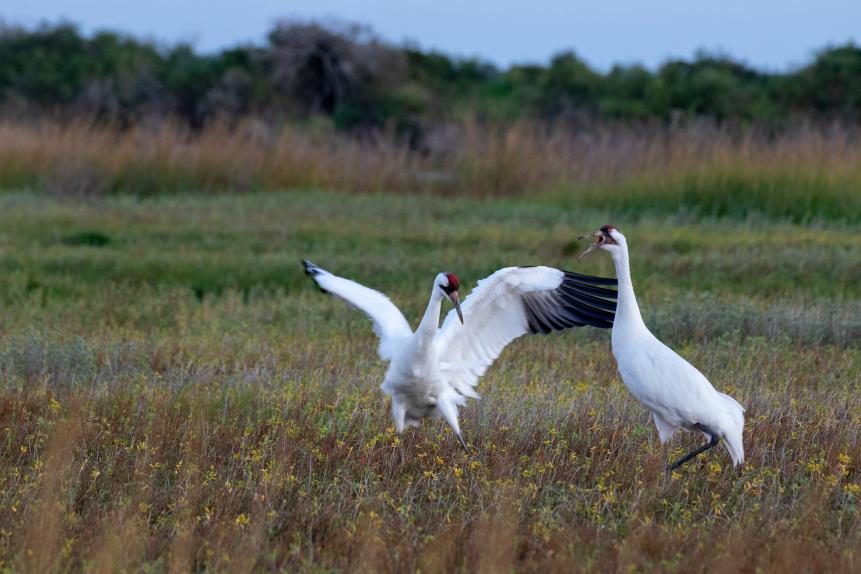
Ian Shive
The cranes are visible from trails and viewing platforms in the wildlife refuge, but can also be viewed with the help of a local guide, who will take you by boat in the early morning light to catch a glimpse of these birds. As the tallest bird in North America, and their feathers the color of arctic snow, they are easily spotted…if you find the right location! For the very fortunate, the cranes will put on an incredible display, a dance of sorts that consists of calls, bowing down to each other, and leaping into the air. To the outside observer, it looks like an ancient ballet.
The cranes begin arriving at the refuge, as well as some surrounding areas outside the refuge, beginning in November and departing around late March. Aransas National Wildlife Refuge, which is the largest wildlife refuge in Texas at over 115,000 acres and is situated along the Gulf Coast, has a lot of other epic wildlife opportunities too. In fact, it has the highest species count in the national wildlife refuge system. Alligators are in abundance, as are pink-hued roseate spoonbills, which sift through the water alongside other birds such as ibis, whistler ducks, egrets, herons, and another migrating crane, the sandhill crane. And it isn’t just a home to birds–the wildlife refuge boasts 37 species of mammals including white-tailed deer, armadillos, javelinas, and bobcats.
With the abundance of wildlife and the chance to witness the celebrated whooping crane, Aransas National Wildlife Refuge is an enduring stronghold of nature worth visiting.











